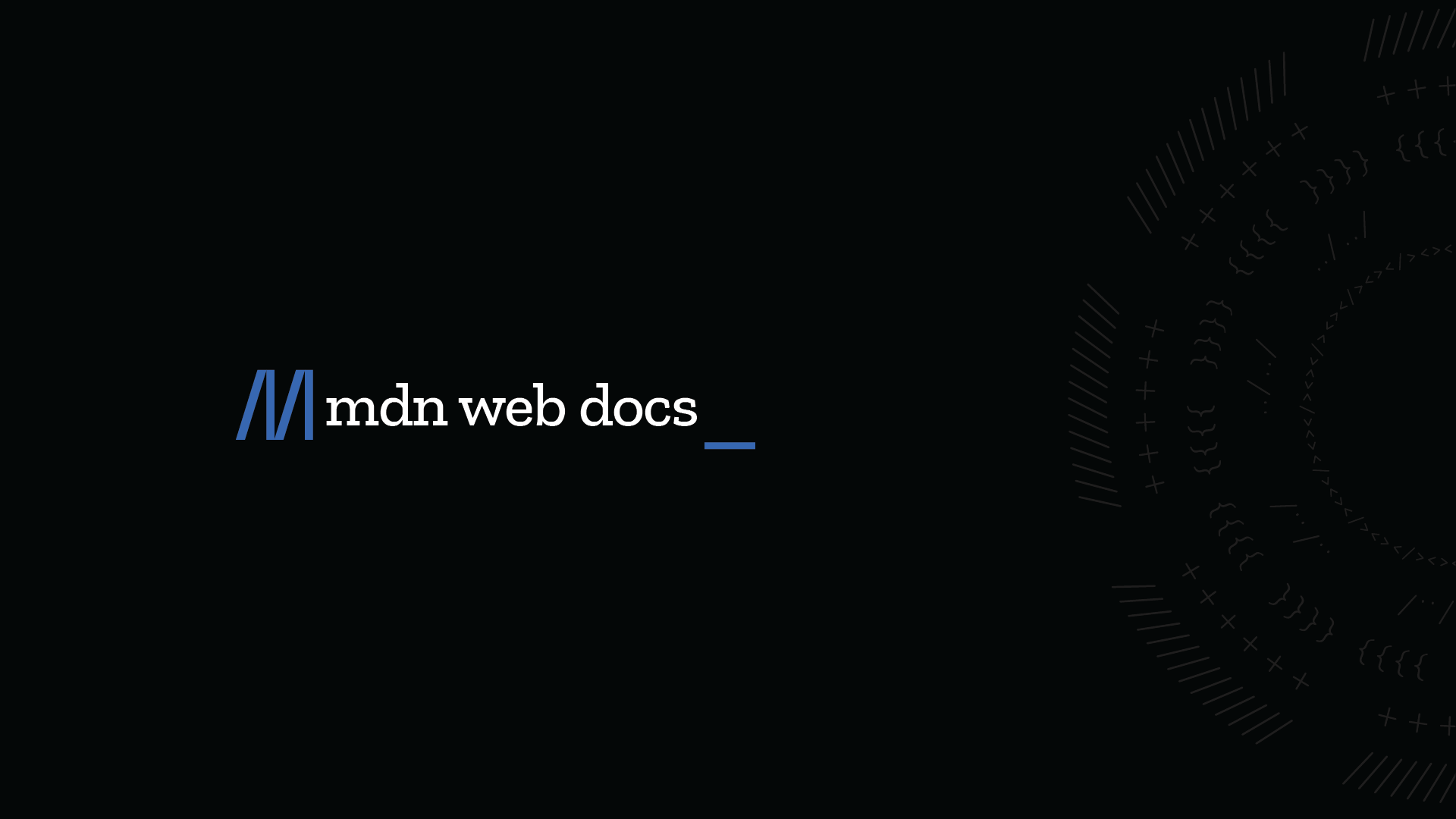developer.mozilla.org/en-US/docs/Web/JavaScript/Reference/Lexical_grammar
Preview meta tags from the developer.mozilla.org website.
Linked Hostnames
15- 455 links todeveloper.mozilla.org
- 8 links toen.wikipedia.org
- 6 links towww.mozilla.org
- 5 links togithub.com
- 4 links toutil.unicode.org
- 1 link tobsky.app
- 1 link todiscourse.mozilla.org
- 1 link tofoundation.mozilla.org
Thumbnail

Search Engine Appearance
Lexical grammar - JavaScript | MDN
This page describes JavaScript's lexical grammar. JavaScript source text is just a sequence of characters — in order for the interpreter to understand it, the string has to be parsed to a more structured representation. The initial step of parsing is called lexical analysis, in which the text gets scanned from left to right and is converted into a sequence of individual, atomic input elements. Some input elements are insignificant to the interpreter, and will be stripped after this step — they include white space and comments. The others, including identifiers, keywords, literals, and punctuators (mostly operators), will be used for further syntax analysis. Line terminators and multiline comments are also syntactically insignificant, but they guide the process for automatic semicolons insertion to make certain invalid token sequences become valid.
Bing
Lexical grammar - JavaScript | MDN
This page describes JavaScript's lexical grammar. JavaScript source text is just a sequence of characters — in order for the interpreter to understand it, the string has to be parsed to a more structured representation. The initial step of parsing is called lexical analysis, in which the text gets scanned from left to right and is converted into a sequence of individual, atomic input elements. Some input elements are insignificant to the interpreter, and will be stripped after this step — they include white space and comments. The others, including identifiers, keywords, literals, and punctuators (mostly operators), will be used for further syntax analysis. Line terminators and multiline comments are also syntactically insignificant, but they guide the process for automatic semicolons insertion to make certain invalid token sequences become valid.
DuckDuckGo
Lexical grammar - JavaScript | MDN
This page describes JavaScript's lexical grammar. JavaScript source text is just a sequence of characters — in order for the interpreter to understand it, the string has to be parsed to a more structured representation. The initial step of parsing is called lexical analysis, in which the text gets scanned from left to right and is converted into a sequence of individual, atomic input elements. Some input elements are insignificant to the interpreter, and will be stripped after this step — they include white space and comments. The others, including identifiers, keywords, literals, and punctuators (mostly operators), will be used for further syntax analysis. Line terminators and multiline comments are also syntactically insignificant, but they guide the process for automatic semicolons insertion to make certain invalid token sequences become valid.
General Meta Tags
11- titleLexical grammar - JavaScript | MDN
- titleMDN Web Docs
- titleMDN logo
- charsetutf-8
- viewportwidth=device-width,initial-scale=1
Open Graph Meta Tags
11- og:urlhttps://developer.mozilla.org/en-US/docs/Web/JavaScript/Reference/Lexical_grammar
- og:titleLexical grammar - JavaScript | MDN
- og:typewebsite
og:locale
en_US- og:descriptionThis page describes JavaScript's lexical grammar. JavaScript source text is just a sequence of characters — in order for the interpreter to understand it, the string has to be parsed to a more structured representation. The initial step of parsing is called lexical analysis, in which the text gets scanned from left to right and is converted into a sequence of individual, atomic input elements. Some input elements are insignificant to the interpreter, and will be stripped after this step — they include white space and comments. The others, including identifiers, keywords, literals, and punctuators (mostly operators), will be used for further syntax analysis. Line terminators and multiline comments are also syntactically insignificant, but they guide the process for automatic semicolons insertion to make certain invalid token sequences become valid.
Twitter Meta Tags
2- twitter:cardsummary_large_image
- twitter:creatorMozDevNet
Link Tags
9- alternatehttps://developer.mozilla.org/en-US/blog/rss.xml
- alternate iconhttps://developer.mozilla.org/favicon.svg
- apple-touch-iconhttps://developer.mozilla.org/apple-touch-icon.528534bba673c38049c2.png
- canonicalhttps://developer.mozilla.org/en-US/docs/Web/JavaScript/Reference/Lexical_grammar
- manifesthttps://developer.mozilla.org/manifest.f42880861b394dd4dc9b.json
Website Locales
10de
https://developer.mozilla.org/de/docs/Web/JavaScript/Reference/Lexical_grammaren
https://developer.mozilla.org/en-US/docs/Web/JavaScript/Reference/Lexical_grammaren
https://developer.mozilla.org/en-US/docs/Web/JavaScript/Reference/Lexical_grammares
https://developer.mozilla.org/es/docs/Web/JavaScript/Reference/Lexical_grammarfr
https://developer.mozilla.org/fr/docs/Web/JavaScript/Reference/Lexical_grammar
Links
488- https://bsky.app/profile/developer.mozilla.org
- https://developer.mozilla.org
- https://developer.mozilla.org/de/docs/Web/JavaScript/Reference/Lexical_grammar
- https://developer.mozilla.org/discord
- https://developer.mozilla.org/en-US